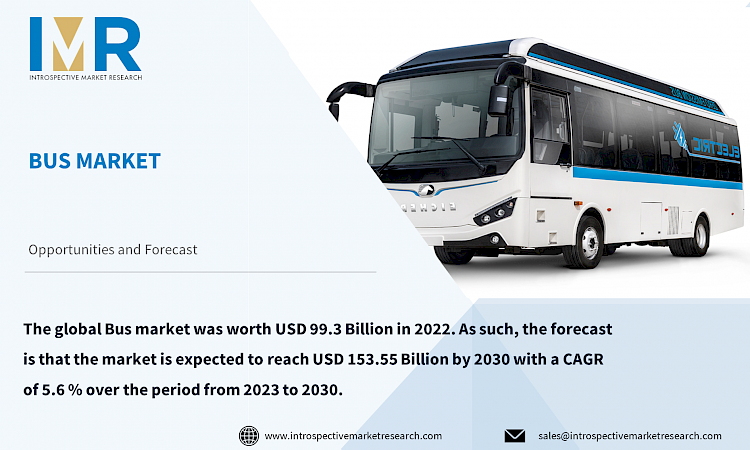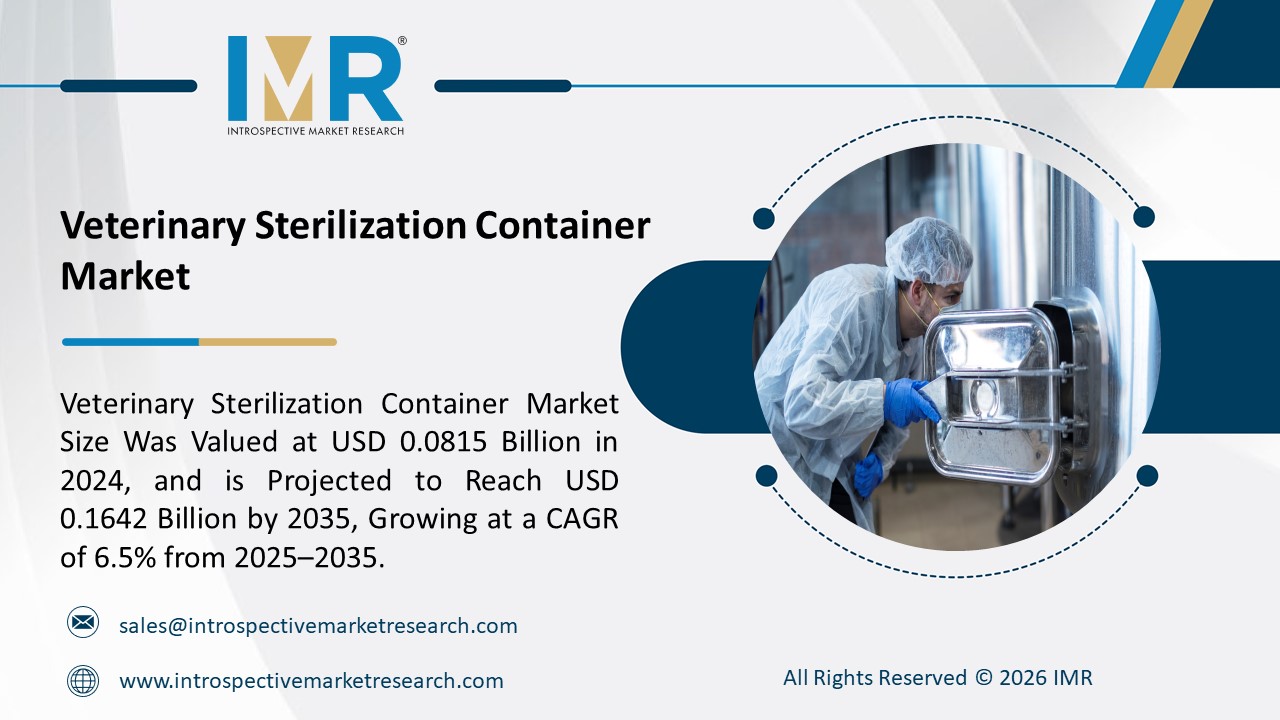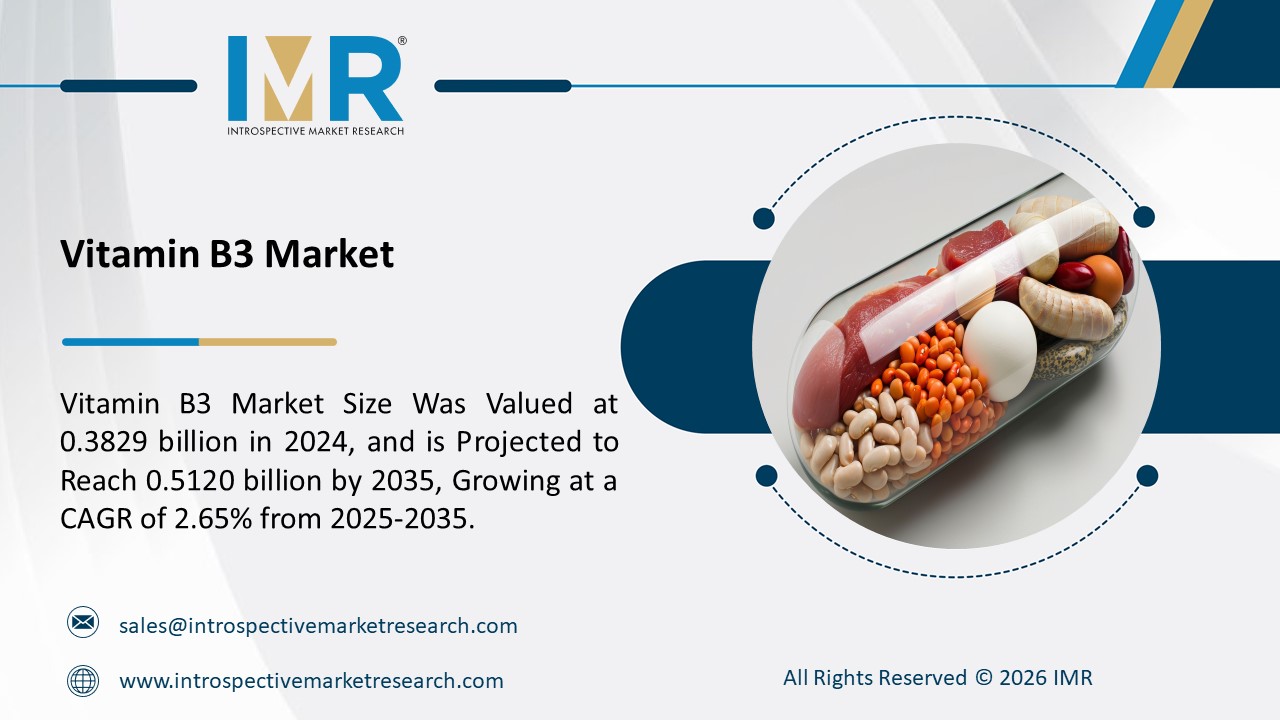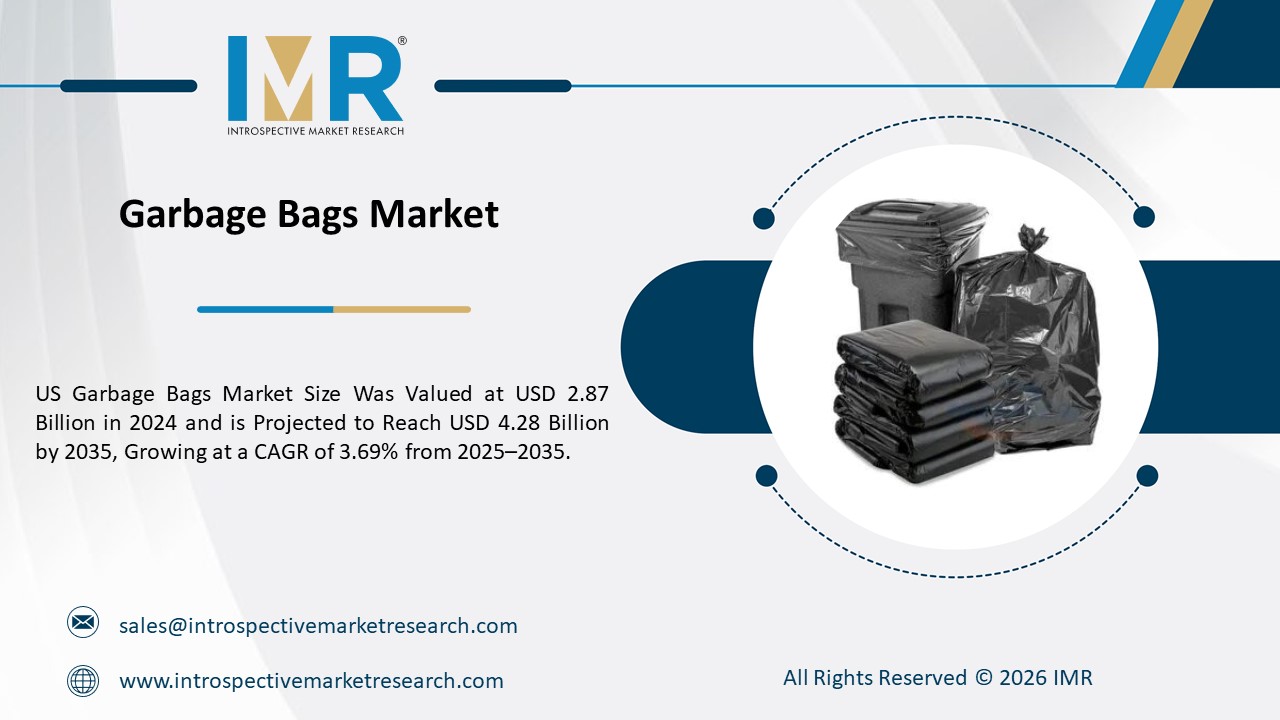

Market Overview:
The global Bus market was worth USD 99.3 Billion in 2022. As such, the forecast is that the market is expected to reach USD 153.55 Billion by 2030 with a CAGR of 5.6 % over the period from 2023 to 2030.
Buses are versatile vehicles that cater to various passenger needs, including public transit, school transportation, and tourism. The market encompasses a diverse range of bus types, such as transit buses, coach buses, school buses, and electric buses, each designed to meet specific requirements. In recent years, there has been a growing emphasis on sustainable and eco-friendly transportation solutions, leading to an increased focus on electric buses. Governments and private organizations worldwide are investing in the development and adoption of electric buses to reduce carbon emissions and combat air pollution. This shift towards electrification is driving innovation in battery technology and charging infrastructure within the bus market. Public transportation systems in urban areas heavily rely on buses to provide cost-effective and efficient mobility solutions for residents. The demand for advanced features, including real-time tracking, connectivity, and improved fuel efficiency, has spurred technological advancements in the bus market. Integration of smart technologies is becoming commonplace, enhancing the overall efficiency of bus fleets and improving the passenger experience.Furthermore, regulatory initiatives aimed at enhancing safety standards and reducing emissions are influencing the design and manufacturing of buses. Stringent emission norms and the implementation of safety features are pushing manufacturers to develop greener and safer bus models.
Top Key Players Covered in The Bus Market:
- Daimler AG (Germany)
- Volvo Group (Sweden)
- Scania AB (Sweden)
- MAN Truck & Bus AG (Germany)
- Iveco Bus (Italy)
- BYD Auto Co., Ltd. (China)
- Yutong Group Co., Ltd. (China)
- Zhengzhou Yutong Bus Co., Ltd. (China)
- Ashok Leyland (India), and Other Major Players
Market Dynamics and Factors:
The global bus market is influenced by several driving factors, presenting opportunities and facing certain restraints. One significant driving factor is the increasing demand for sustainable and eco-friendly transportation solutions. With a growing emphasis on reducing carbon emissions and promoting environmentally friendly modes of transport, there is a rising interest in electric and hybrid buses. Governments worldwide are incentivizing the adoption of cleaner technologies, driving the market towards more sustainable options. The expanding urban population and rapid urbanization are creating opportunities for the bus market. As cities become more congested, there is a greater need for efficient and mass transit systems. Buses, especially those equipped with modern technologies and connectivity features, provide a cost-effective and convenient solution for urban transportation challenges. The rise of smart cities and the integration of intelligent transportation systems further contribute to the market's growth. The bus market faces restraints, including the high initial cost of electric buses and the limited charging infrastructure. While electric buses offer long-term cost savings through reduced fuel and maintenance expenses, their upfront cost can be a barrier for many transit agencies. Additionally, the need for a robust charging infrastructure to support electric buses is a challenge that needs to be addressed to facilitate widespread adoption.
The Bus Market Report Highlight:
- By Type, The global bus market is experiencing a significant transformation, with a notable shift towards electric and hybrid propulsion systems. This evolution is primarily driven by the growing emphasis on sustainable and environmentally friendly transportation solutions. Electric and hybrid buses have gained momentum due to their ability to reduce emissions, lower operating costs, and contribute to the overall green initiatives in the transportation sector.
- By Application, The transit bus segment refers to buses primarily designed for public transportation within urban and suburban areas. These buses play a crucial role in addressing the increasing demand for sustainable and efficient transit solutions.
- By Region, The Asia Pacific region is poised to dominate the bus market in the coming years, driven by a confluence of factors that position the region as a key player in the global transportation industry. This dominance can be attributed to a combination of rapid urbanization, population growth, increasing disposable income, and governmental initiatives promoting sustainable and efficient public transportation systems.
Key Industry Development:
- In June 2023, Volvo Group introduced the Volvo BZL Electric, a fully electric articulated bus designed specifically for urban operations. With zero emissions, the BZL Electric represents Volvo's commitment to sustainable transportation solutions, aiming to address environmental concerns in cities while providing efficient public transit services.
- In July 2023, Volvo Group successfully completed the acquisition of NFI Group, an electric bus manufacturer based in J?nk?ping, Sweden. This strategic move enhances Volvo's position in the electric bus market, allowing for expanded offerings of eco-friendly transportation solutions. The acquisition underscores Volvo's dedication to advancing electrification in the public transit sector, supporting the transition towards greener mobility options.
The Bus Market Segmentation:
By Type
- Single Deck
- Double Deck
By Fuel Type
- Diesel
- Electric And Hybrid
By Seat Capacity
- 15-30 Seats
- 31-50 Seats
- More Than 50 Seats
By Application
- Transit Bus
- Intercity/Coaches
For this report, Introspective Market Research has segmented the BUS Market based on region:
Regional Outlook (Revenue in USD Million; Volume in Units, 2023-2030)
North America
- The U.S.
- Canada
- Mexico
Eastern Europe
- Russia
- Bulgaria
- The Czech Republic
- Hungary
- Poland
- Romania
- Rest of Eastern Europe
Western Europe
- Germany
- UK
- France
- Netherlands
- Italy
- Spain
- Rest of Western Europe
Asia Pacific
- China
- India
- Japan
- Singapore
- Australia
- New-Zealand
- Rest of APAC
Middle East & Africa
- Turkey
- Saudi Arabia
- Qatar
- UAE
- Israel
- South Africa
South America
- Brazil
- Argentina
- Rest of SA





